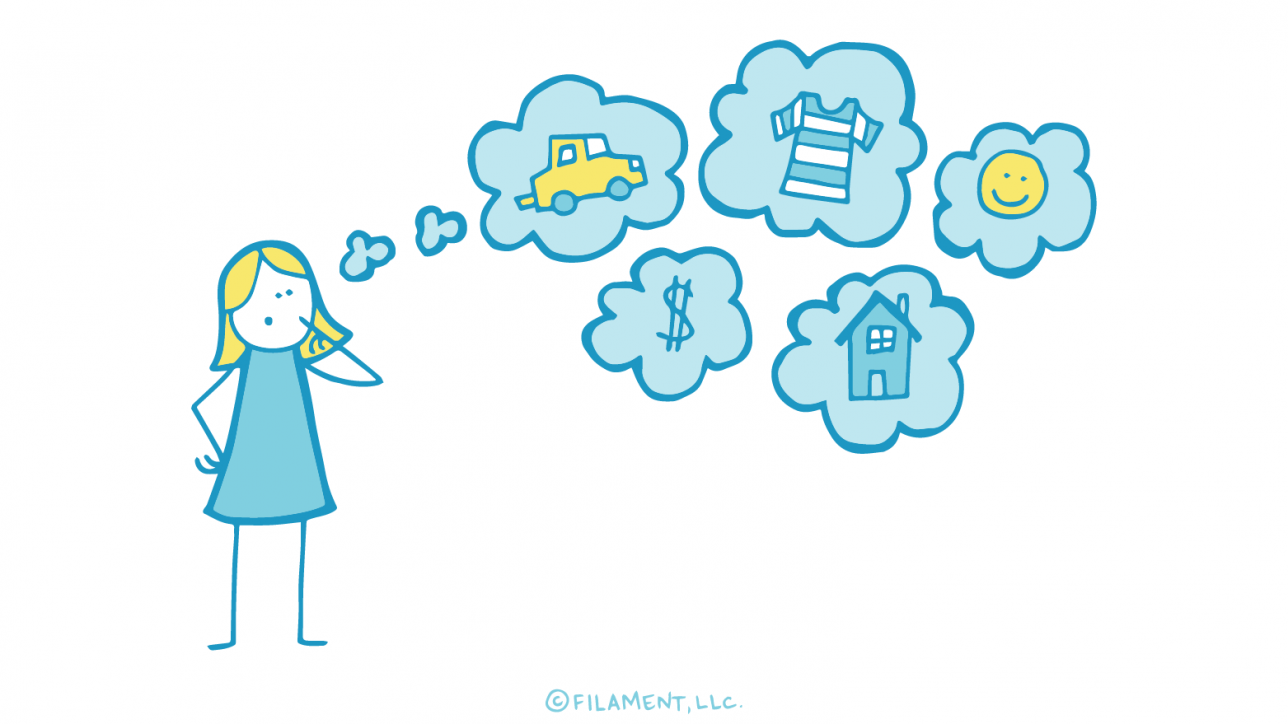In the world of online sales and search engine optimization (SEO) lifestyle stages aren’t always the same as they are in “real” life. There are growth and change, but they’re not age related. When it comes to SEO and Lifecycle Marketing, growth and change refer more to the commitment level and involvement of your customers. Let’s review the stages briefly.
Visitor: These people visit your site and are aware of what you have to offer.
Shopper: A shopper is someone who has expressed an interest in making a purchase or going further with your product. (Maybe they’ve put something in their virtual shopping cart)
Information Seeker: They’re interested in buying but they need to scope out the product a bit more.
Determined Shopper: A determined shopper is a person on the cusp of making that sale. (Clicking on that “buy” button)
Customer: The customer has made that commitment and made the purchase.
Loyal Customer: This is a customer who comes back repeatedly and probably makes referrals on your behalf.
Clearly, you want to move your visitors through all of the stages and get them to become loyal customers where they not only go through with the purchase but they become your cheerleader and send other people to you. This can be done through SEO and Lifestyle Marketing.
The key is to use search engine analytics to identify and group your customers. Then take that data a step further and see what it is that makes the ones who engage further follow that path. There is a good chance that what they found appealing will bring others through the process.
You can also customize each step in your transaction to be more compelling to the potential loyal customer and the earlier stages can be “less painful” to the browser, which may make them want to continue. One way to look at that is to realize that the behavior and interest level through lifestyle marketing changes. Initial visitors would probably be captured by short, one word keywords. As they get more involved, they want to know more about the product and whether or not it suits their needs. This means that by bringing in more specific, long-tail keywords later on in the process, you’re using SEO to draw them in and give them what they want and need.
As an example, let’s say you’re selling cars online. The visitor wants and needs a car. They go to your page. They see cars, and they decide they want to click on the minivan link. That’s where you can explain the minivan’s specific information in detail. They like one brand and click on that link to learn about the features. They decide on a vehicle and before they actually work out the financing, they’ve got to pick the color, read the fine print etc. The experience you’ve tailored to answer their questions and pull them through your process was so well thought out and appealing, they decide to engage in your social media efforts to show off their new car.
You can see how each stage requires a little more selling, a little more targeted keyword approach, and some deeper information into the motives of your audience. Interested in learning how SEO and lifestyle marketing can help your customers? Filament can help you tailor your web pages to answer more of what your customers want and need, and that will also help create more of what you want and need: loyal customers.



Comments (2)